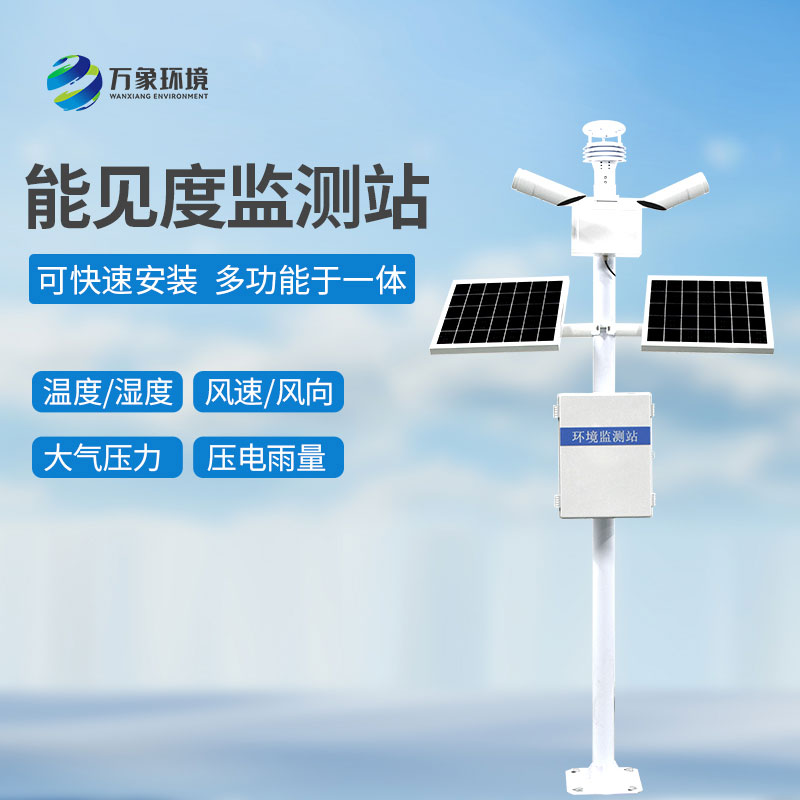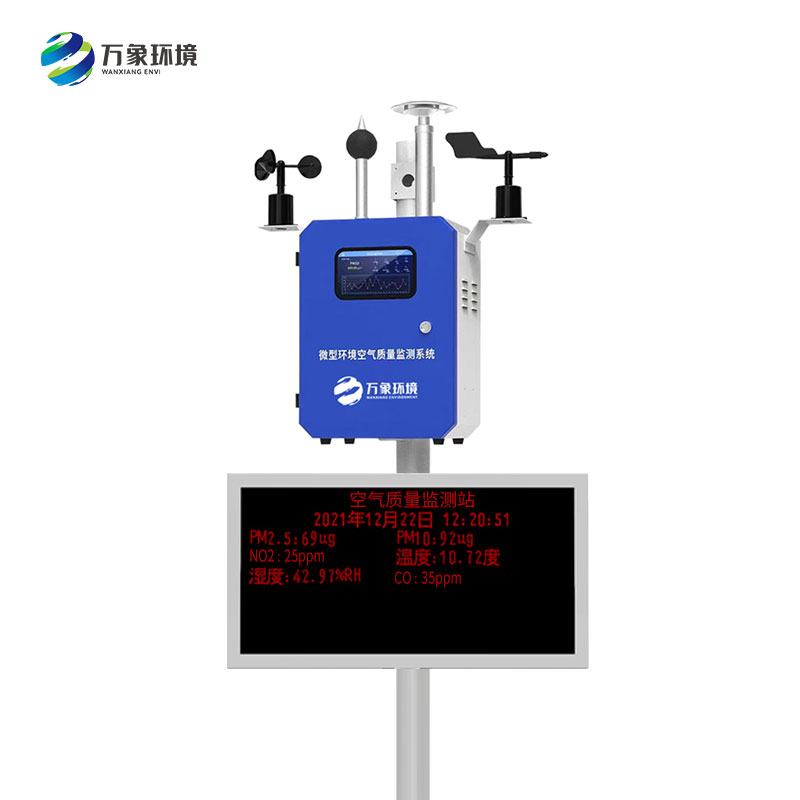In the complex and changeable weather conditions, road safety has always been the focus of social attention. Traffic visibility as a key factor affecting road safety, its change often affects the heart of every driver. In order to effectively deal with the challenges brought by low visibility weather, the traffic visibility monitoring weather station came into being and has become an important part of road safety.
WX-NJD10 traffic visibility monitoring weather station is a kind of intelligent equipment integrating high-precision sensor, data acquisition and processing system and remote communication technology. It uses the principle of scattering to calculate visibility by measuring how light scatters through the atmosphere. When light passes through the atmosphere containing particles, it scatters the particles, and the intensity of the scattered light is closely related to the concentration and size of the particles. Based on this principle, the traffic visibility monitoring weather station monitors and measures the visibility level on the road in real time, providing a strong guarantee for road safety.
Traffic visibility monitoring weather stations have early warning and warning functions. When the visibility is reduced to a certain extent, the monitoring station will issue alarms and reminders in time, and convey the early warning information to the driver through various channels such as traffic broadcast, mobile phone APP, and road display screen. The warning information includes visibility values, weather conditions and recommended driving measures to help drivers take measures in advance, such as slowing down and turning on fog lights, so as to effectively reduce the risk of traffic accidents caused by low visibility.
Traffic visibility monitoring weather station provides scientific basis for traffic management and flow control. The data of the monitoring station can be transmitted to the traffic management center in real time, and the management personnel can grasp the road conditions more accurately according to these data, and formulate a more reasonable traffic management plan. For example, in hazy weather, the management department can adjust the timing of traffic lights to reduce the waiting time of vehicles and avoid traffic congestion. In rain and snow weather, bus routes can be optimized, bus running time can be reduced, and traffic efficiency can be improved. These measures not only help relieve the traffic pressure, but also effectively reduce the occurrence of traffic accidents.
In addition, traffic visibility monitoring weather station data can also be used by navigation systems or traffic applications. Through these systems, drivers can obtain real-time visibility information and suggested driving routes, so that they can choose safer roads and avoid entering areas with low visibility. This kind of real-time road information feedback greatly improves the driver's driving safety and convenience.

Article address:
http://www.qxhjjc.com/en/article/1355.html


















 Home
Home phone
phone Product Overview
Product Overview Contact Us
Contact Us